Sustainability Initiatives
The Horse Drawn Farming Equipment Market is experiencing a notable shift towards sustainability initiatives. As consumers increasingly prioritize eco-friendly practices, the demand for horse-drawn equipment, which utilizes renewable energy sources, is on the rise. This trend is further supported by governmental policies promoting sustainable agriculture. In recent years, the market has seen a growth rate of approximately 5% annually, driven by the desire to reduce carbon footprints. Farmers are recognizing the benefits of integrating horse-drawn equipment into their operations, as it not only aligns with environmental goals but also enhances soil health. The Horse Drawn Farming Equipment Market is thus positioned to capitalize on this growing awareness, potentially leading to increased sales and innovation in product offerings.
Technological Advancements
The Horse Drawn Farming Equipment Market is witnessing a wave of technological advancements that enhance the efficiency and functionality of traditional equipment. Innovations such as improved materials and ergonomic designs are making horse-drawn implements more user-friendly and effective. For instance, the introduction of lightweight materials has reduced the strain on horses, allowing for longer working hours and increased productivity. Additionally, advancements in design have led to more versatile equipment that can be adapted for various farming tasks. This evolution is reflected in the market, which has seen a growth rate of around 6% in the past two years. As farmers seek to optimize their operations, the Horse Drawn Farming Equipment Market is likely to continue evolving, integrating modern technology with traditional practices.
Cultural Heritage and Tradition
The Horse Drawn Farming Equipment Market is significantly influenced by the resurgence of interest in cultural heritage and traditional farming methods. Many consumers are drawn to the nostalgia associated with horse-drawn equipment, which evokes a sense of connection to agricultural history. This trend is particularly evident in rural areas, where communities are embracing traditional practices as a means of preserving their identity. The market has seen a steady increase in demand for vintage and handcrafted horse-drawn implements, with sales rising by approximately 7% over the past year. This cultural revival not only supports local artisans but also fosters a deeper appreciation for sustainable farming practices. The Horse Drawn Farming Equipment Market is thus benefiting from this cultural renaissance, as more individuals seek to incorporate traditional methods into modern agricultural practices.
Educational Programs and Workshops
The Horse Drawn Farming Equipment Market is benefiting from the rise of educational programs and workshops focused on traditional farming techniques. These initiatives aim to educate new generations about the benefits of horse-drawn equipment, fostering a renewed interest in sustainable agriculture. Many agricultural schools and community organizations are now offering courses that teach the skills necessary to operate and maintain horse-drawn implements. This educational push has led to an increase in demand for such equipment, as participants seek to apply their newfound knowledge in practical settings. The market has observed a growth in sales by approximately 4% as a result of these programs. The Horse Drawn Farming Equipment Market is thus positioned to thrive as more individuals become equipped with the skills to utilize these traditional tools effectively.
Rising Interest in Organic Farming
The Horse Drawn Farming Equipment Market is experiencing a surge in interest due to the growing popularity of organic farming practices. As consumers become more health-conscious and environmentally aware, the demand for organic produce has escalated. This shift has prompted farmers to seek methods that align with organic standards, where horse-drawn equipment plays a crucial role. The use of horse-drawn implements minimizes soil compaction and promotes biodiversity, making them ideal for organic farming. Recent data indicates that the organic farming sector has expanded by approximately 10% annually, further driving the need for horse-drawn equipment. The Horse Drawn Farming Equipment Market is thus likely to see continued growth as more farmers adopt organic practices and seek sustainable solutions.


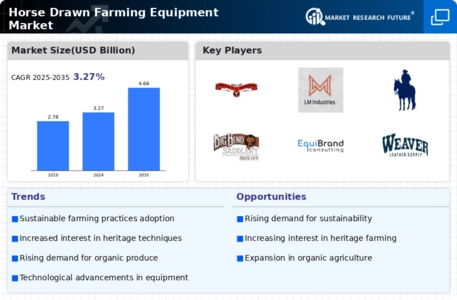
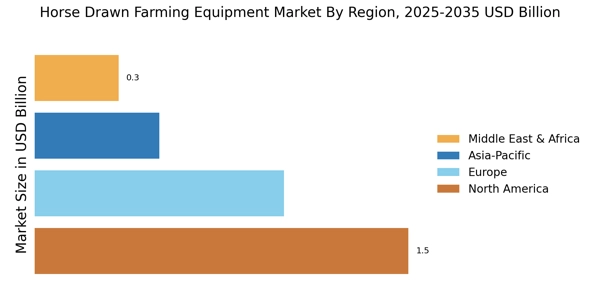
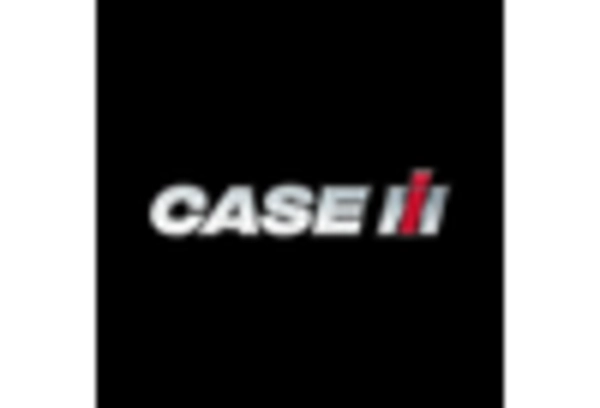

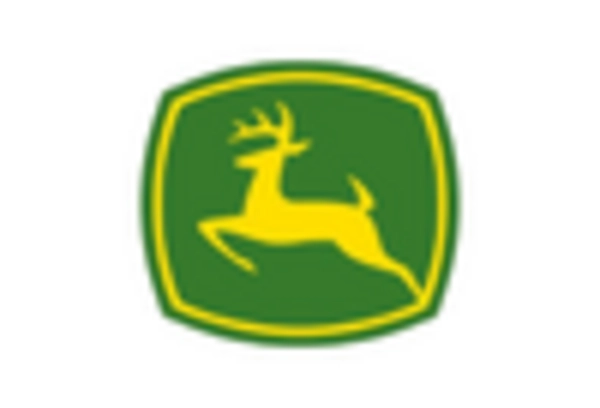

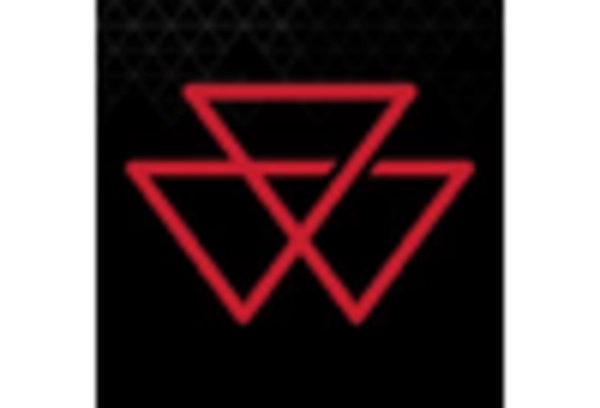









Leave a Comment